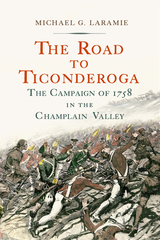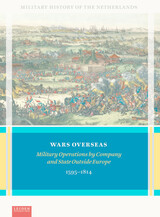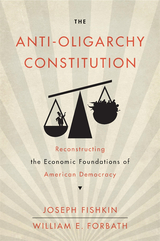2 books about Early Modern Warfare (1500-1800)

The Road to Ticonderoga
The Campaign of 1758 in the Champlain Valley
Michael G. Laramie
Westholme Publishing, 2023
The British campaign to capture Fort Carillon on the Ticonderoga Peninsula in 1758 resulted in the largest battle of the French and Indian War. Crafted by Prime Minister William Pitt, the scope and scale of the British effort was staggering, calling for their northern colonies to raise 20,000 men to rendezvous with the British Regulars at Albany. The directive would test the patience, resources, and will of the colonial governments as well as that of the newly appointed the British commander-in-chief, General James Abercrombie. For the defenders of New France matters were dire. Reports were arriving that Abercrombie’s numbers were over twice the entire fighting strength of Canada. For the French field commander, the Marquis de Montcalm, there were few options. The Marquis had long opposed defending frontier forts, calling for abandoning these posts at the first sign of threat in order to conserve the colony’s resources. The French Governor disagreed and dispatched Montcalm and his white-coated French regulars with orders to defend Fort Carillon. With his army the only thing that stood between the British and the interior of Canada, there appeared to be a single path before the Marquis. Whether the Governor liked it or not, a rearguard action followed by a retreat down Lake Champlain was the only answer that would leave the army of Canada in position to fight again. Yet, within the span of a few days Montcalm would set these views aside, and suddenly risk both his army and the fate of Canada on a single risky battle.
Based on journals, letters, and accounts of the participants on both sides, The Road to Ticonderoga: The Campaign of 1758 in the Champlain Valley by Michael G. Laramie recounts this unexpected tale of victory and defeat on the North American frontier. Here we learn how the unexpected death of a dynamic leader, George Howe, elder brother of Richard and William, nearly crushed “the soul of General Abercrombie’s army,” leading to misinterpreted orders and hesitation on the part of the British. At the same time, the French commander perilously underestimated the ability of his own forces while overestimating his enemy’s before his fateful and unexpected decision to make his stand at Ticonderoga. With lessons and repercussions for future warfare in North America, The Road to Ticonderoga shows how a series of small mistakes can cascade into a catastrophe under weak leadership—or be exploited by a strong one.
Based on journals, letters, and accounts of the participants on both sides, The Road to Ticonderoga: The Campaign of 1758 in the Champlain Valley by Michael G. Laramie recounts this unexpected tale of victory and defeat on the North American frontier. Here we learn how the unexpected death of a dynamic leader, George Howe, elder brother of Richard and William, nearly crushed “the soul of General Abercrombie’s army,” leading to misinterpreted orders and hesitation on the part of the British. At the same time, the French commander perilously underestimated the ability of his own forces while overestimating his enemy’s before his fateful and unexpected decision to make his stand at Ticonderoga. With lessons and repercussions for future warfare in North America, The Road to Ticonderoga shows how a series of small mistakes can cascade into a catastrophe under weak leadership—or be exploited by a strong one.
[more]

Wars Overseas
Military Operations by Company and State Outside Europe 1595-1814
Gerrit Knaap
Leiden University Press, 2024
'Wars Overseas' focuses on Dutch military actions outside Europe in the early-modern period. Those actions were rooted in the Eighty Years’ War, the conflict between Spain and the northern Netherlands that led to the creation of the independent Dutch Republic. The Republic was determined to trade in tropical products from Asia, Africa and the Americas, commodities on which the Iberians had had a monopoly for a century or more. To do so, however, it would have to fight. The fledgling State did not itself have the resources for such an undertaking and effectively left it to two monopolistic trading companies, the Dutch East India Company or VOC and the Dutch West India Company or WIC.
In Asia, through an adroit policy of war and diplomacy, the VOC built a powerful trade-based empire that lasted for almost two centuries. The WIC began with a large-scale offensive in the Atlantic area, operating in both Africa and the Americas, albeit with less success than its sister company in Asia. In those conflicts overseas, empire builders like Jan Pietersz Coen and Johan Maurits of Nassau played crucial roles. How did they act? What resources did they have? And how did the military revolution in Europe impact the process of Dutch expansion overseas?
'Wars Overseas', the first comprehensive overview of Dutch military action in Asia, Africa, and the Americas, examines these and many other questions in detail, while thematic chapters focus on the deployment of sailors, soldiers and ships, on weapons and fortification-building, and on the confrontation with non-European allies and adversaries.
[more]
READERS
Browse our collection.
PUBLISHERS
See BiblioVault's publisher services.
STUDENT SERVICES
Files for college accessibility offices.
UChicago Accessibility Resources
home | accessibility | search | about | contact us
BiblioVault ® 2001 - 2024
The University of Chicago Press









